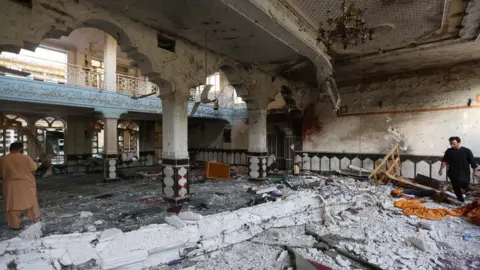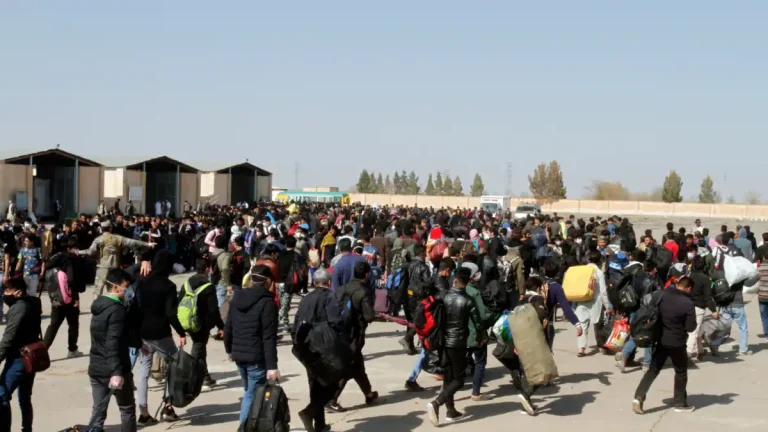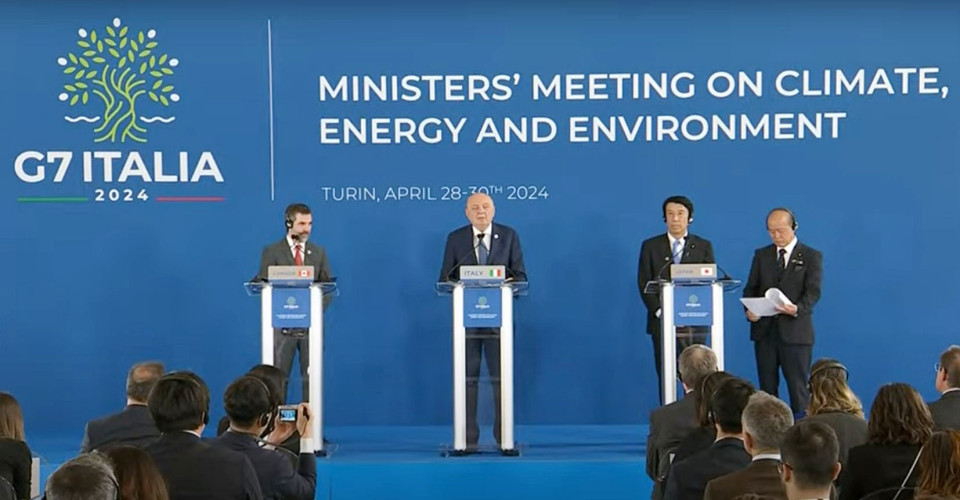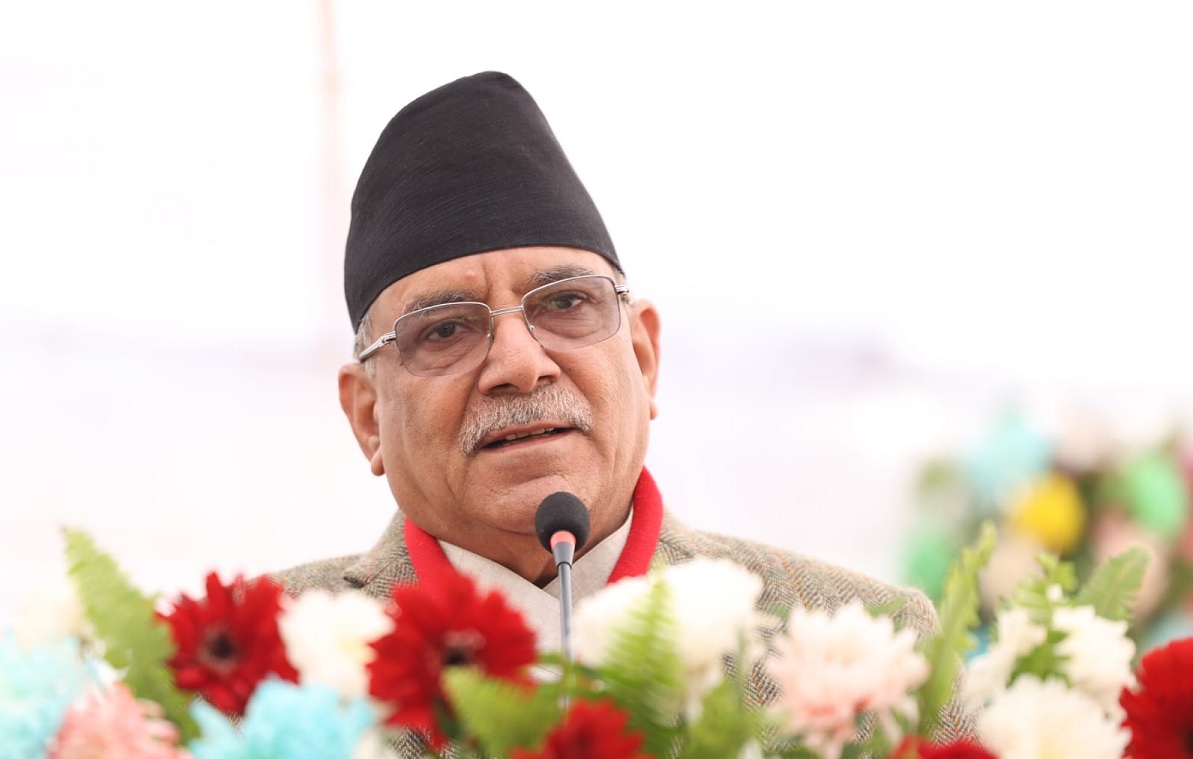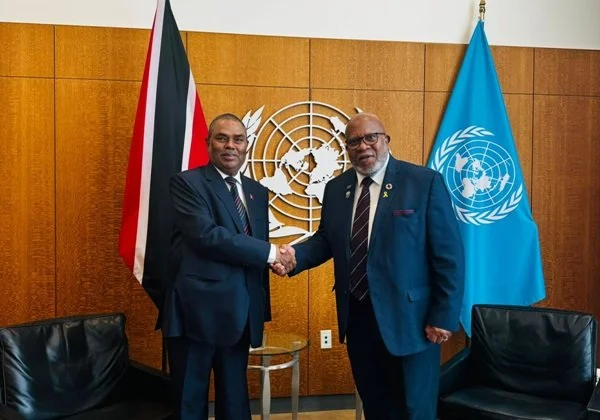Nepal fails yet again to achieve total literacy target
The new Pushpa Kamal Dahal government has pledged to attain total literacy by the fiscal year 2023-2024.
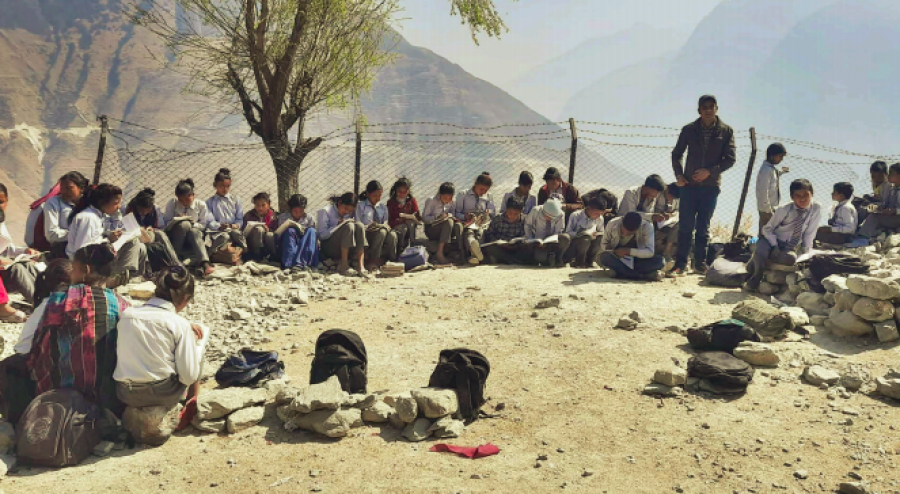
KATHMANDU: The government has yet again announced that it would eliminate illiteracy from the country within two years. Through its policy priorities and minimum programme, the Pushpa Kamal Dahal government has pledged to achieve total literacy by the fiscal year 2023-24.
This is the fourth time the government has set a two-year’s deadline to announce the country as total literate. In the fiscal year 2008-2009, an ambitious National Literacy Campaign was launched, allocating Rs 1.04 billion to take the campaign to the doorstep of all adult illiterates (15-60 years) of the country. The government allocated an equal amount the following year. Total literacy, however, could not be attained within those two years.
The government in the fiscal year 2012/2013 conducted a door-to-door survey across the country to find out the exact number of illiterates in the country prior to relaunching the total literacy programme rebranded as the Literate Nepal Campaign the same year. The campaign aimed to make the 4,054,649 adults—the number of illiterates according to the survey—able to read and write by the end of the fiscal year 2015/2016.
A total of Rs 2.68 billion was allocated for three years. The targets were once again not met. Literacy campaigns, however, began to change to totally literate local bodies and districts. Total literacy would be achieved when a district as a whole achieves at least 95 percent literacy.
Against the target of making 75 districts totally literate, even with the new metric, only 22 districts could achieve the goal by the end of the fiscal year 2015/2016. According to the Centre for Education and Human Resource Development, 62 out of 77 districts have been announced as totally literate in the 14 years since the launch of the programme in 2008-2009.
“Despite our continuous efforts, we haven’t been able to meet the goal in 15 districts,” Nil Kanth Dhakal, director of the Non-Formal and Alternative Education Department at the centre, told the Post. “I believe, the next two years will be enough to meet our target of a totally literate Nepal.”
Among the districts that have not attained total literacy includes Mahottari, the home district of former education minister Giriraj Mani Pokharel, and Siraha, home to former minister for education Chitra Lekha Yadav. All eight districts from Madhesh State and five districts of the then Karnali Zone and one district each from Sudurpaschim and Lumbini States haven’t attained the goal. Dhakal said the 2021 national census shows that some 85 percent of people, aged between 15 to 60 years, are literate. “The literacy rate for the age group will increase to 95 percent, if the remaining 15 districts are announced as literate,” he said. “That will open the door to announcing the country as totally literate in two years.”
More than Rs 11 billion have been spent in the name of literacy in more than a decade since the campaign began. The federal government has allocated Rs50 million for the current fiscal year, besides the allocations by individual local governments.
Due to a lack of exact data on the number of illiterate people, the respective local governments have deployed secondary-level students to door-to-door campaigns to find out the exact number. As many as 175 local units among the 753 have not been able to achieve the goal of total literacy.
“It would be easier for local units to conduct literacy classes once the exact number of illiterate people is ascertained,” Rudra Adhikari, spokesperson at the centre, told the Post.
The government has prepared a 12-point checklist which incorporates the ability to read letters, write names, operate mobile phones and read calendars among the skills for someone to qualify as literate.
-Kathmandu Post


